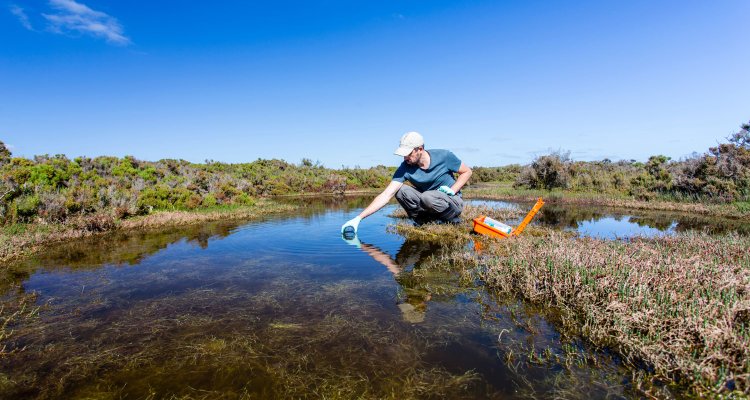WUR Study: Managing Water Quality Can Cut Future Water Scarcity by Half
Tackling water pollution can be of great value in preventing future water scarcity. Yet the focus of researchers and policymakers is often on water quantity. A group of researchers including from Wageningen University & Research (WUR), argue that water quality management is a low-cost way to reduce half of future water scarcity. The researchers publish their findings in Nature Communications.
Global water scarcity is one of the challenges to achieving the Sustainable Development Goals (SDGs). Indeed, more than half of the world’s population lives in areas where water is limited and/or over-polluted. This poses a challenge to the balance between water supply and demand and causes economic risks for sectors that use water, such as energy, agriculture, households and industry.
Look at water quality rather than quantity
The challenge is to address water scarcity in a cost-effective manner to ensure sufficient water of good quality to meet human, ecological, social and economic needs and support sustainable development.
Maryna Strokal (WUR): ‘Many researchers often focus on water scarcity by looking only at water quantity and not quality. Options for water quantity are more expensive. Investing in reducing water pollution is cost-effective to reduce future water scarcity. We looked at this for the Pearl River basin in China. But similar lessons can be drawn for other river basins facing water pollution and water scarcity.’
With colleagues from the International Institute for Applied Systems Analysis and Utrecht University, Strokal integrated knowledge, indicators and modeling tools. Strokal: ‘With this new integrative approach, we were able to estimate the costs of reducing water scarcity under different socioeconomic and climate scenarios for 2050. We looked at water quality management options such as saving chemical fertilizers and treating waste and at water quantity options such as water storage and water-saving techniques.’
Halving water scarcity
Strokal: ‘The results of the study show that future water scarcity in 2050 is expected to increase by a factor of four in most parts of the Pearl River Basin under a scenario with high economic development and global warming. The results also show that water quality management options can cost-effectively halve future water scarcity. Our analysis can serve as an example for water scarcity assessment for other highly pressurized and polluted river basins around the world and inform the design of cost-effective measures to reduce water scarcity.’

